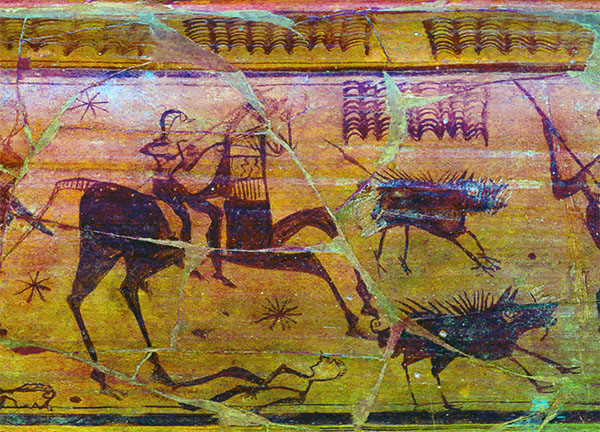Abstract 1: Peripheral or rollout photography is a technique that aims to “unroll” the surface of an object in order to represent it on a flat surface and to obtain a more comprehensive and continuous view of the decorative motifs. The results can be enhanced by means of a variety of filters and statistical procedures as the provided by Dstretch plugin for ImageJ from Jon Harman.

Abstract 2: Is it possible to make the general public understand the archaeological objects using only one virtual tool? The use of knowledge network helps us to disseminate the content and allows the access to the creation and the distribution of other typology of image which were previously restricted to a just few people. In this way, the analog image is been replaced with its digital version, assuming that it is the best approach to achieve a more comprehensive dissemination of information, without asking ourselves if the archaeological context are been marginalized. In general, virtual technology is being used to surprise, without really reflecting on understanding the object, with all its historical memory. The purpose of this approach is to compare these working methods from both analog and virtual points of view considering some problems such as the cost of modelling, the expenditure of time or the need of an expert user to manage the virtual tools. One of the most important aspect of this approach will be to analyse what we contribute regarding the purely analog approach or to assess if these digital tools distract us from the historical understanding of the object. For this reason, the virtual documentation will include all interactive information of the object, managed from a wiki (using Wikidot – http://www.wikidot.com/ -), including bibliography, links to archaeological database, high resolution photography (shown in –https://www.flickr.com/-) and 3D models of the archaeological objects obtained from both 3D scanner and digital photography by means of the Image-Based Modelling system (shown in – https://sketchfab.com/ -). In conclusion, we consider that the traditional analog information of these objects can and should be included in this virtual proposal. Some questions should be answered as why these tools have been chosen, what the scope of these tools is, and how many objects can be presented in this way when the process of generating 3D models become computational routine.

